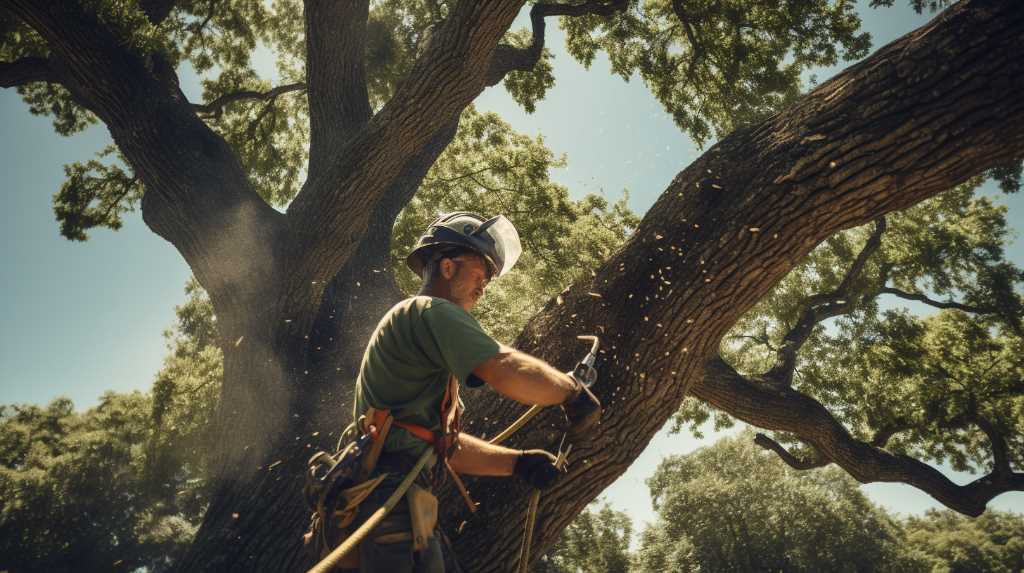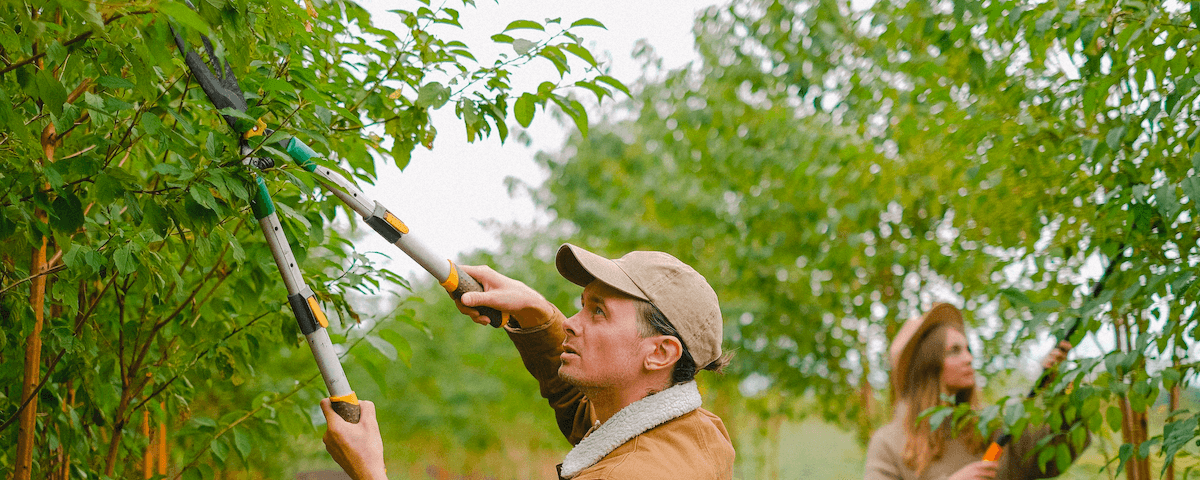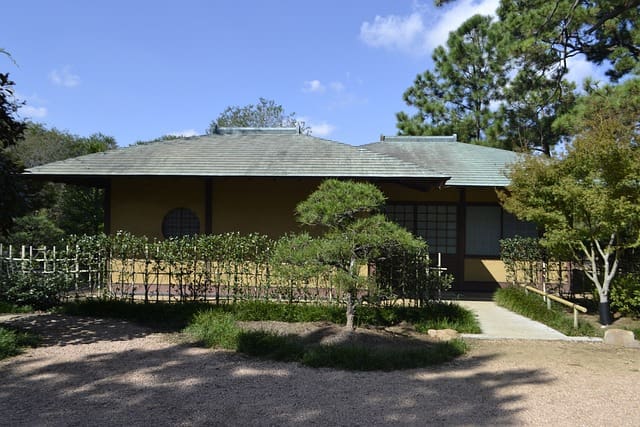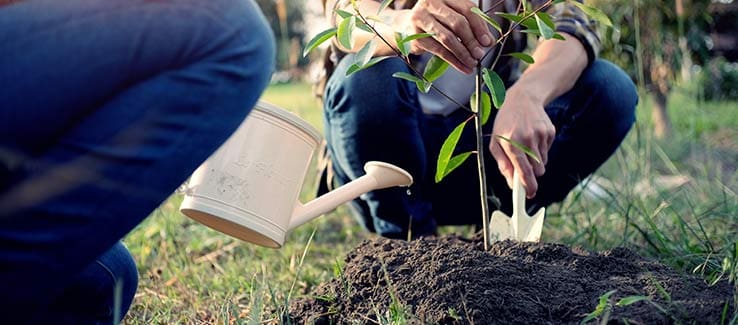Tree Removal
Mastering Tree Pruning: Effective Techniques and Care Tips


As an avid tree enthusiast, I’ve discovered the secret to mastering tree pruning: effective techniques and care tips. Get ready to unlock the power of pruning with me as your guide.
In this article, we’ll delve into the equipment and safety measures you need, understand tree growth patterns, select the right pruning technique, and provide step-by-step instructions.
Plus, I’ll share valuable aftercare and maintenance tips to ensure your trees thrive.
Join me on this journey to become a pruning expert!
Equipment and Safety Measures
To ensure safe and efficient tree pruning, I always start by gathering the necessary equipment and taking necessary safety measures.
First, I gather my pruning tools, including a sharp bypass pruner for smaller branches and a pruning saw for larger ones.


I also make sure to wear appropriate safety gear, such as gloves, safety glasses, and a hard hat, to protect myself from potential hazards.
Before I begin pruning, I inspect the tree for any signs of disease or decay, ensuring that I only prune healthy branches.
I also consider the tree’s natural growth pattern and prune accordingly to maintain its structural integrity.
Understanding Tree Growth Patterns
Understanding tree growth patterns is essential for effective tree pruning and care. By understanding how trees grow, we can make informed decisions on when and how to prune them.
Trees have different growth patterns depending on their species, age, and environmental conditions. Some trees grow upright with a single dominant leader, while others have multiple stems or branches that compete for dominance.
Understanding these growth patterns allows us to identify and remove any weak or problematic branches that may hinder the tree’s health and structure.
Additionally, knowing the tree’s growth habits helps us anticipate how it will respond to pruning, ensuring that we achieve the desired results without causing harm.


Selecting the Right Pruning Technique
After understanding the tree’s growth patterns, I can now delve into selecting the right pruning technique to enhance its health and structure. The choice of pruning technique depends on the specific needs of the tree and the desired outcome.
One common technique is crown thinning, which involves selectively removing branches to reduce density and improve light penetration. This technique is especially useful for trees with dense canopies.
Another technique is crown raising, which focuses on removing lower branches to increase clearance beneath the tree. This is often done to improve visibility or create clearance for pedestrians or vehicles.
Crown reduction is a technique used to reduce the overall size of the tree by selectively removing branches.
It’s important to consult with a certified arborist to determine the best pruning technique for your tree. With the right technique in mind, let’s now move on to step-by-step pruning instructions.
Step-by-Step Pruning Instructions
Now that I’ve selected the right pruning technique for my tree, it’s time to dive into the step-by-step instructions for effective tree pruning.
First, inspect the tree for any dead, damaged, or diseased branches. These should be removed as they can pose a risk to the tree’s health.


Next, identify any crossing or rubbing branches and decide which one to keep based on its position and health. Remove the unwanted branches by making a clean cut just outside the branch collar.
When pruning larger branches, use the three-cut method to prevent bark tearing.
Remember to maintain the tree’s natural shape and avoid over-pruning.
Finally, clean and disinfect your pruning tools after each use to prevent the spread of disease.
Aftercare and Maintenance Tips
To ensure the long-term health and vitality of your pruned tree, it’s important to regularly provide proper aftercare and maintenance.
After pruning, it’s crucial to monitor the tree for any signs of stress or disease. Inspect the branches and foliage for any discoloration, pests, or wilting.
Water the tree deeply and regularly, especially during dry periods, to promote root growth and prevent dehydration. Applying a layer of mulch around the base of the tree can help retain moisture and regulate soil temperature.


Regularly remove any weeds or grass that may compete with the tree for nutrients. Additionally, consider fertilizing the tree with a balanced formula to provide essential nutrients for healthy growth.
Lastly, continue to monitor and prune any new growth to maintain the desired shape and structure of the tree.


Hello there! I’m Logan Foster, the green-thumbed social media marketer behind the vibrant world of 1800TreeGuy.com. With roots firmly planted in arboriculture, I’ve branched out to help clients cultivate their dream outdoor spaces, one leafy canopy at a time. My knack for nurturing nature is more than a profession—it’s a way of life.
When I’m not talking trees and teaching the art of arboreal care, you can find me cheering on the Bulldogs—my alma mater’s pride and my forever team. My environmental studies there didn’t just teach me about ecosystems; they instilled a lifelong passion for protecting our planet.
Off the clock, I’m an adventurer at heart. Whether it’s trekking the Appalachian trails, pedaling down a mountain path, or crafting guides to share the wonders of the wild, I’m happiest with soil under my nails and the sun on my face. And let’s not forget Yoda, my pug sidekick. He may not have mastered the art of stillness, but his joyful grins are my daily dose of happiness.
I’m all about making connections—between people and the great outdoors and between my clients and their ideal landscape visions. My approach is personal; every tree has a story, and every garden reflects its caretaker.
If you want to green your scene or share in my outdoor escapades, give me a shout on Instagram or Facebook. Let’s cultivate a conversation and grow a community rooted in a love for the lush life.







